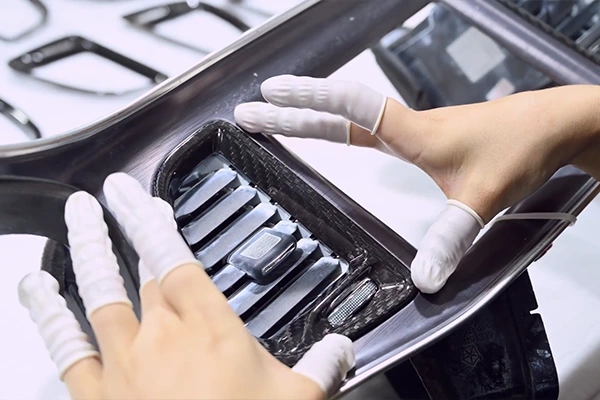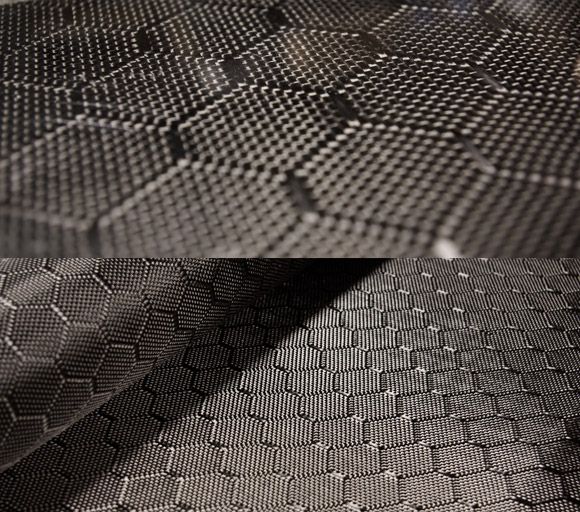
The automotive industry has been steadily embracing carbon fiber as a game-changing material. With its exceptional strength-to-weight ratio, carbon fiber boasts immense potential for transforming the future of car manufacturing. This lightweight, high-performance material has the power to revolutionize the way vehicles are designed, built, and driven.
In this article, we will explore the significance of carbon fiber car parts in the automotive industry and delve into the potential impact it has on shaping future automotive advancements. Get ready to discover how carbon fiber is poised to drive innovation and redefine the vehicles we drive.
Current Use of Carbon Fiber in the Automotive Industry
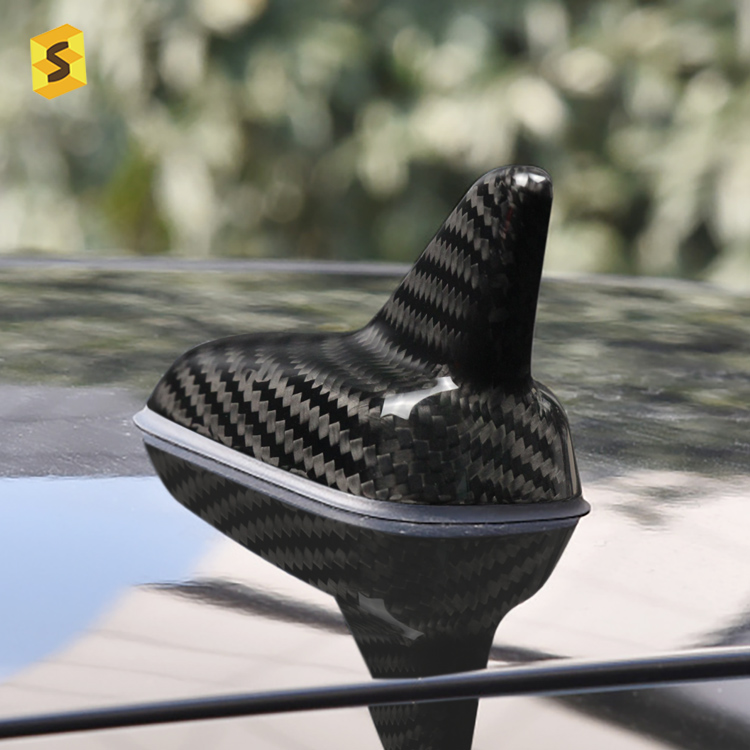
Carbon fiber has already made significant inroads in automotive manufacturing, with its applications spanning various components and systems. Let’s take a closer look at the current use of carbon fiber and the benefits it brings to the automotive industry.
Body Panels and Structures
Carbon fiber is commonly employed in manufacturing car body panels, such as hoods, roofs, doors, and fenders. Its high strength-to-weight ratio allows for lightweight yet robust body structures, offering improved fuel efficiency, agility, and performance. Carbon fiber exterior parts also contribute to noise reduction and better handling by optimizing weight distribution.
Chassis and Suspension Components
Carbon fiber finds application in producing chassis elements like subframes, control arms, and suspension links. By utilizing carbon fiber, automakers can reduce unsprung weight, enhancing responsiveness, stability, and ride comfort. The material’s stiffness facilitates better handling, providing precise and predictable vehicle dynamics.
Interior and Trim Components
Carbon fiber interior parts adds a touch of elegance and sportiness to vehicle interiors, often used for interior trim panels, center consoles, and dashboard accents. Apart from aesthetic appeal, carbon fiber enhances weight reduction without compromising on quality or safety standards. Lighter interior elements contribute to improved overall vehicle balance and lower energy consumption.
Performance Enhancements
Carbon fiber is extensively utilized in high-performance sports cars and supercars to maximize speed and agility. By integrating carbon fiber components, cars can achieve higher power-to-weight ratios, resulting in blistering acceleration and exceptional handling capabilities. Performance-oriented parts like spoilers, diffusers, and aerodynamic elements benefit from carbon fiber’s strength and low weight.
The advantages of using carbon fiber car parts extend beyond performance enhancements:
- Weight Reduction and Fuel Efficiency
Carbon fiber’s lightweight nature reduces vehicle weight, leading to improved fuel efficiency and reduced emissions. Lighter cars require less energy to propel, contributing to greener and more environmentally friendly transportation.
- Strength and Durability
Carbon fiber exhibits remarkable strength, making it highly resistant to impacts, vibrations, and corrosion. Car parts made of carbon fiber can withstand harsh environments, ensuring longevity and reliability.
- Enhanced Design Possibilities
Carbon fiber’s flexibility and moldability allow for intricate and unique designs, enabling automakers to create visually striking vehicles. The use of carbon fiber opens up possibilities for customizable aesthetics, allowing car enthusiasts to personalize their vehicles.
As carbon fiber continues to advance and evolve, its growing use in the automotive industry points toward a transformative future where lightweight, sustainable, and high-performance vehicles become the norm.
Advancements in Carbon Fiber Technology
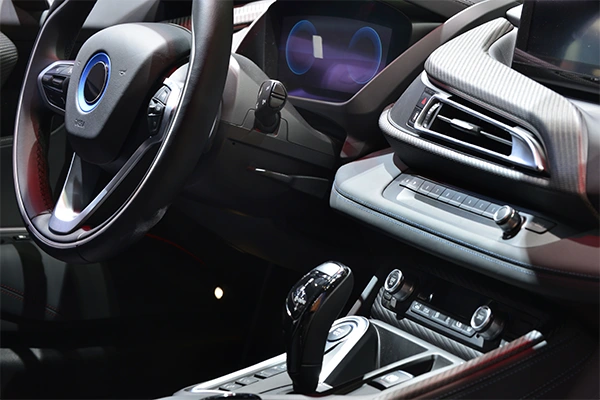
Carbon fiber technology has witnessed significant advancements, both in manufacturing techniques and material properties. These advancements propel the adoption of carbon fiber in automotive manufacturing and pave the way for future innovations. Let’s delve into the latest developments in carbon fiber technology.
Improved Manufacturing Techniques
Emerging manufacturing processes are revolutionizing the production of carbon fiber, leading to increased efficiency and reduced costs. Some notable techniques include:
- Automated Fiber Placement (AFP)
AFP utilizes robotic systems to precisely lay carbon fiber strands, enabling complex shapes and structures to be manufactured with high accuracy. This automated process optimizes material usage, reducing waste, and speeding up production.
- Resin Transfer Molding (RTM)
RTM involves injecting resin into preformed carbon fiber mats, resulting in precise and consistent composite parts. This process offers improved control over resin infusion, resulting in high-quality components with reduced voids and improved strength.
- Continuous Fiber Manufacturing (CFM)
CFM involves the continuous production of carbon fiber sheets or tapes, eliminating the need for intermediate steps like weaving. This method enables faster production rates, reduced waste, and increased scalability.
Enhanced Material Properties
Researchers and manufacturers continue to push the boundaries of carbon fiber composites, focusing on improving their material properties. Significant advancements have been made in the following areas:
- Higher Strength-to-Weight Ratio
Engineers are developing carbon fiber composites with even higher strength-to-weight ratios, surpassing the capabilities of traditional materials like steel and aluminum. These advanced composites provide exceptional strength while maintaining a lightweight profile, enabling further weight reduction in vehicles.
- Improved Impact Resistance
Carbon fiber composites are becoming increasingly resistant to impacts, making them ideal for safety-critical automotive components. Through advanced manufacturing techniques and material formulations, carbon fiber can now better absorb and distribute impact forces, enhancing vehicle safety.
- Enhanced Flexibility and Durability
Innovations in carbon fiber technology have led to the development of composites with improved flexibility and durability. This flexibility enables easier integration into complex shapes and curved surfaces, expanding design possibilities. Enhanced durability ensures the longevity of carbon fiber components, making them suitable for long-term use in demanding automotive applications.
These advancements in manufacturing techniques and material properties foster the widespread adoption of carbon fiber in the automotive industry. As carbon fiber continues to evolve, we can anticipate even more exciting developments that drive the future of lightweight, high-performance, and sustainable vehicles.
Future Applications of Carbon Fiber in Automobiles
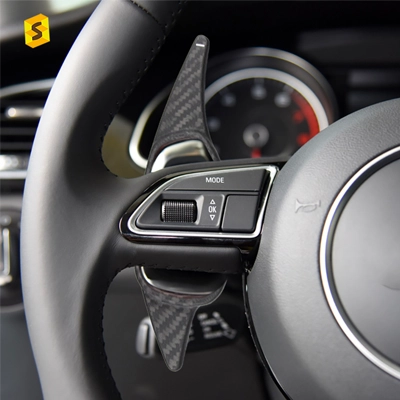
Carbon fiber is poised to play a crucial role in shaping the future of automobiles. As advancements in carbon fiber technology continue, its applications are expected to expand, revolutionizing the automotive industry in various ways.
Lightweighting for Increased Efficiency
One of the primary benefits of carbon fiber is its ability to significantly reduce vehicle weight, leading to improved fuel economy and performance. In future applications, carbon fiber can:
- Further reduce weight in traditional internal combustion engines, enhancing overall efficiency and reducing carbon emissions.
- Hold substantial potential for electric and hybrid vehicles, enabling increased range by offsetting the weight of heavy batteries.
- Result in faster acceleration and enhanced handling due to reduced mass.
Safety Innovations
Carbon fiber’s exceptional strength and impact resistance make it an ideal material for enhancing safety in vehicles. Future applications may include:
- Improved crash safety through the use of carbon fiber components in critical areas, such as the passenger cabin and crumple zones.
- Enhanced occupant protection as carbon fiber absorbs and redistributes impact forces, reducing the risk of injury.
- Advancements in carbon fiber reinforcement can bolster structural integrity, providing a robust safety framework for vehicles.
Design Freedom and Customization
Carbon fiber offers unparalleled design freedom, allowing for unique car designs and customizable aesthetics. Future applications may involve:
- The integration of carbon fiber in body panels, allowing for innovative shapes, curves, and contours that were previously challenging to achieve.
- Opportunities for personalized components, enabling car enthusiasts to customize their vehicles with carbon fiber accents, trims, and details.
- Carbon fiber’s inherent beauty can enhance the overall visual appeal of vehicles, adding a touch of sophistication and sportiness.
The future applications of carbon fiber in automobiles hold immense potential to transform the industry. From lightweighting for increased efficiency to safety innovation and design freedom, carbon fiber is set to drive the development of vehicles that are not only more fuel-efficient and safer but also visually captivating and customizable. As research and development efforts continue, we can anticipate exciting breakthroughs that solidify carbon fiber’s position as a vital material in the automotive landscape.
Challenges and Limitations

source: pinterest
Widespread adoption of carbon fiber in various industries, including automotive, faces several challenges and limitations that need to be addressed. These include:
Cost
Carbon fiber is still relatively expensive compared to traditional materials like steel or aluminum. The high cost of raw materials, manufacturing, and processing contribute to the overall expense. However, advancements in manufacturing techniques, economies of scale, and increased competition are gradually reducing costs.
Production Capacity
The production capacity for carbon fiber is currently limited. Scaling up production to meet the growing demand requires significant investments in manufacturing facilities and equipment. Increasing production capacity is essential to make carbon fiber more accessible and cost-effective.
Recycling
Carbon fiber poses challenges in terms of recycling. The complex composite structure and the need to separate carbon fiber from resin make recycling a technically challenging and costly process. Enhancing recycling methods and developing more sustainable end-of-life solutions are necessary to improve the lifecycle sustainability of carbon fiber components.
Regulatory Considerations
Adoption of carbon fiber in automobiles also faces regulatory considerations. Regulations governing safety, crashworthiness, emissions, and fire protection may require additional validation and testing for carbon fiber components. Ensuring compliance with these regulations is crucial for widespread acceptance.
Addressing these challenges and limitations requires collaborative efforts across the industry, research institutions, and regulatory bodies. Investing in research and development to improve manufacturing processes, exploring alternative and sustainable raw materials, and developing efficient recycling methods are key areas to focus on. Additionally, engaging in dialogues with regulatory authorities to establish suitable standards and guidelines for carbon fiber adoption is crucial.
Overcoming these challenges will contribute to the broader acceptance of carbon fiber in the automotive industry and facilitate its integration into mainstream vehicle production. As technological advancements continue to evolve, it is expected that carbon fiber’s cost-effectiveness, production capacity, recyclability, and regulatory compliance will improve, enabling wider adoption and realizing its full potential.
Collaborations and Partnerships

Collaborations between automakers, suppliers, and carbon fiber car parts manufacturers have played a crucial role in driving the adoption and advancement of carbon fiber in the automotive industry. These partnerships bring together expertise from various sectors to overcome challenges and accelerate the integration of carbon fiber in vehicles.
Automaker and Carbon Fiber Manufacturer Collaborations
- BMW and SGL Group
BMW collaborated with SGL Group to establish a joint venture called SGL Automotive Carbon Fibers. This partnership aimed to develop carbon fiber manufacturing processes and supply carbon fiber materials for BMW’s vehicles, including the i3 and i8 electric models.
- Ford and Carbon Revolution
Ford partnered with Carbon Revolution to co-develop and utilize advanced carbon fiber wheels in the Ford GT supercar. This collaboration focused on enhancing performance, reducing weight, and improving fuel efficiency through the use of carbon fiber composites.
Automaker and Supplier Collaborations
- General Motors and Teijin
General Motors collaborated with Teijin, a leading carbon fiber manufacturer, to explore the development and usage of carbon fiber reinforced thermoplastic (CFRTP) materials in future vehicles. This collaboration aimed to reduce vehicle weight and enhance fuel efficiency.
- Audi and Toray
Audi partnered with Toray Industries, a global supplier of carbon fiber, to enhance the use of carbon fiber composites in vehicle construction. This collaboration aimed to improve energy efficiency, performance, and sustainability by utilizing lightweight carbon fiber materials.
The Importance of Partnerships
Partnerships between automakers, suppliers, and carbon fiber manufacturers are essential for several reasons:
- Technical Expertise Exchange
Collaborations enable the exchange of technical knowledge and expertise. Automakers can leverage the expertise of carbon fiber manufacturers in material development, manufacturing processes, and quality control, while suppliers gain insights into automotive design requirements and production logistics.
- Resource Sharing and Cost Reduction
Partnerships allow for resource sharing, including research and development facilities, equipment, and intellectual property. By combining resources, parties involved can jointly invest in technology development, thereby reducing costs and accelerating innovation.
- Supply Chain Integration
Collaborations enable a seamless integration of the carbon fiber supply chain in the automotive manufacturing process. Effective partnerships ensure a reliable supply of high-quality carbon fiber materials, eliminating potential bottlenecks and delays.
- Overcoming Challenges and Mitigating Risks
Carbon fiber adoption in the automotive industry faces challenges such as high costs, manufacturing scalability, and repairability. Collaborations help address these challenges by pooling resources, technology, and expertise, leading to solutions that overcome barriers to adoption.
- Accelerating Adoption
Partnerships facilitate the development of standardized manufacturing processes, certification standards, and design guidelines for carbon fiber applications. This streamlines the adoption process, allowing for faster integration of carbon fiber into mainstream vehicle production.
In summary, collaborations and partnerships between automakers, suppliers, and carbon fiber manufacturers are key to overcoming challenges, promoting innovation, and accelerating the adoption of carbon fiber in the automotive industry. By working together, these stakeholders drive advancements in technology, material properties, and manufacturing processes, ushering in a new era of lightweight, efficient, and safe vehicles.
Conclusion

In conclusion, carbon fiber is revolutionizing the automotive industry. Its lightweight nature, safety advantages, and design flexibility make it a valuable material. Ongoing research, development, and collaboration are crucial for fully unleashing its potential. By embracing carbon fiber, we can create lighter, safer, and visually appealing vehicles, driving the industry towards sustainability and high-performance standards.





